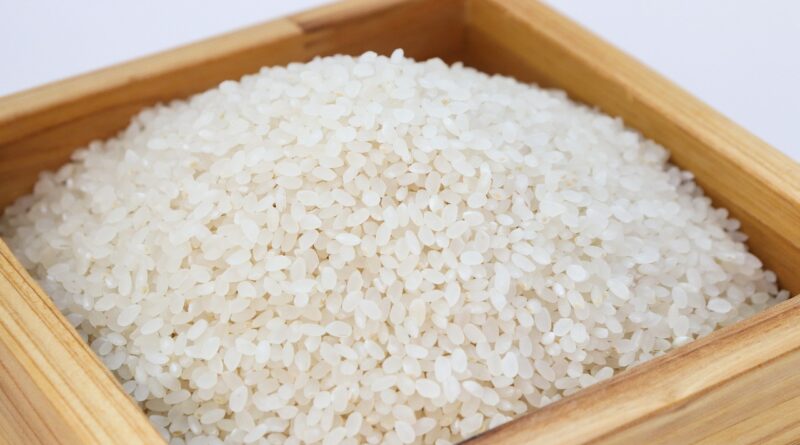Rice may surge further globally on Indian export curbs, supply shortage.
India’s curbs on rice exports, including the ban on broken and white rice, have led to a two million tonnes (mt) supply shortfall in the global market. With global carryover stocks projected to drop by 5-8 mt, prices of the cereal will likely be volatile, say experts and analysts. ‘India’s withdrawal of supply of rice (through ban on white rice) since August 25 is 4.67 mt. Other rice exporting nations chipped with an additional supply of 2 mt in the market, leaving a demand-supply gap of 2 mt,’ said S Chandrasekaran, a Delhi-based trade analyst.
Despite the curbs, India will emerge as the top exporter of rice in 2023-24 (August 2023-July 2024), said the International Grains Council.
Still the No. 1
‘World trade is projected to contract by 2 per cent in 2024, mostly on weaker buying interest from Asian importers, most notably Indonesia. India will remain by far the biggest exporter despite another sizable fall in shipments,’ the Council said.
The US Department of Agriculture (USDA) said India’s export restrictions have affected the region in different ways, largely dependent upon the type of rice shipped. ‘Of India’s 2022 rice exports to Sub-Saharan Africa, approximately half consisted of parboiled rice (primarily shipped to West Africa). Parboiled rice remains eligible for export with a 20per cent tariff. The other half of India’s exports to Sub-Saharan Africa, white rice and broken rice, have seen a rapid decline since the 2023 export ban,’ it said.
Chandrasekaran said shipments from Thailand increased by 0.26 mt, from Vietnam by 1.03 mt, from Pakistan by 0.8 mt, from the US by 0.4 mt and from Brazil by 0.5 mt.
Pakistan makes headway
‘Pakistan has increased its exports sharply making up for what it lost in 2021 and 2022,’ said VR Vidya Sagar, Director, Bulk Logix.
In the 2023-24 season, Pakistan had exported 2.6 mt of rice against 1.52 mt in 2022-23, while its foreign exchange earnings nearly doubled to $1.64 billion from $840 million during the period.
Globally, rice stocks are dwindling with inventories in Thailand declining by 4 mt. ‘Global ending stocks are down by 8 mt,’ said Chandrasekaran, adding that rice stocks in North Africa dropped to 0.6 mt from 1.2 mt in 2020-21.
20% price rise since July
Sagar said that as a result of a decline in stocks, buyers are looking for other varieties of rice such as the brown variety, which is allowed at 20 per cent export duty.
Per Thailand Rice Exporters’ Association data, rice prices have increased by over 20 per cent since India banned white rice exports in July 2023.
Chandrasekaran said dwindling stocks in non-rice producing region and mismatch of supply will expand ‘continuously’. ‘The Middle-East and North Africa will witness increased volatility,’ he said.
The USDA said, ‘With global rice prices at 15-year highs, consumers may instead opt for alternative domestic food options such as roots, tubers, and domestic grains, rather than securing new rice suppliers or increasing domestic rice production.’
Why curbs
The IGC said that on the basis of reduced yield expectations in Asia’s dominant growers, outweighing gains elsewhere, global rice output in 2023-24 is predicted to contract by 1 per cent year-on-year. ‘As a consequence, the Council anticipates a softening of demand, while stocks are set to tighten, including in key exporters,’ it said.
India curbed exports to cool rising foodgrain prices and ensure domestic food security after its rice paddy crop was affected by deficient rainfall in eastern regions in 2022 and the impact of El Nino in southern India in 2023.
Kharif rice production during the current crop year to June has been estimated 3.8 per cent lower at 106.31 mt against 110.51 mt last season. Though rice production in 2022-23 was projected at a record high of 135.76 mt, experts say the non-availability of rice varieties consumed by the cereal-eating population has resulted in domestic prices surging.
Though the Centre has taken measures to tame food inflation, rice prices have not shown signs of easing in view of shortage of key varieties such as Sona Masuri and Ponni.
This article has been republished from The Hindu Business Line

